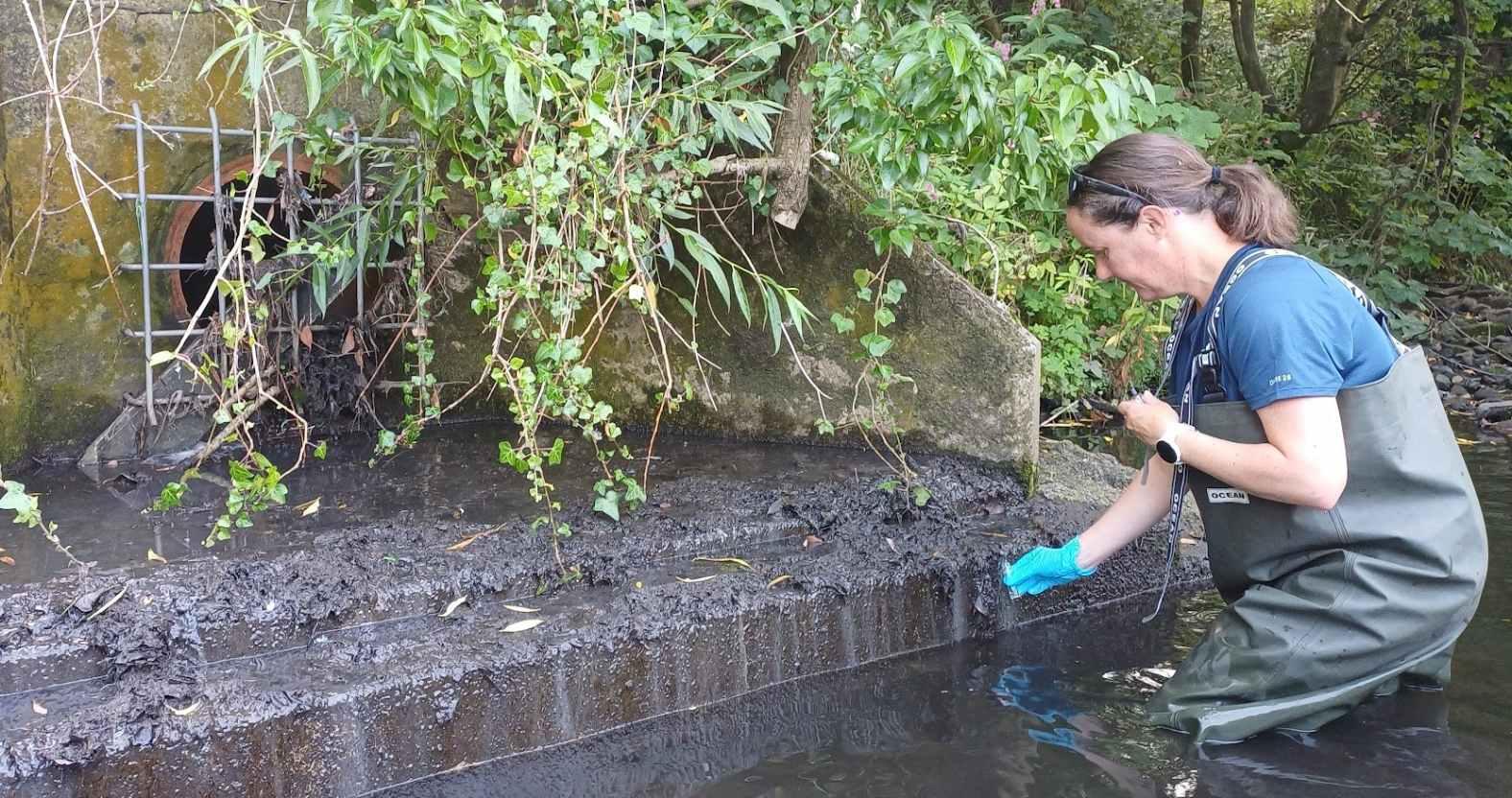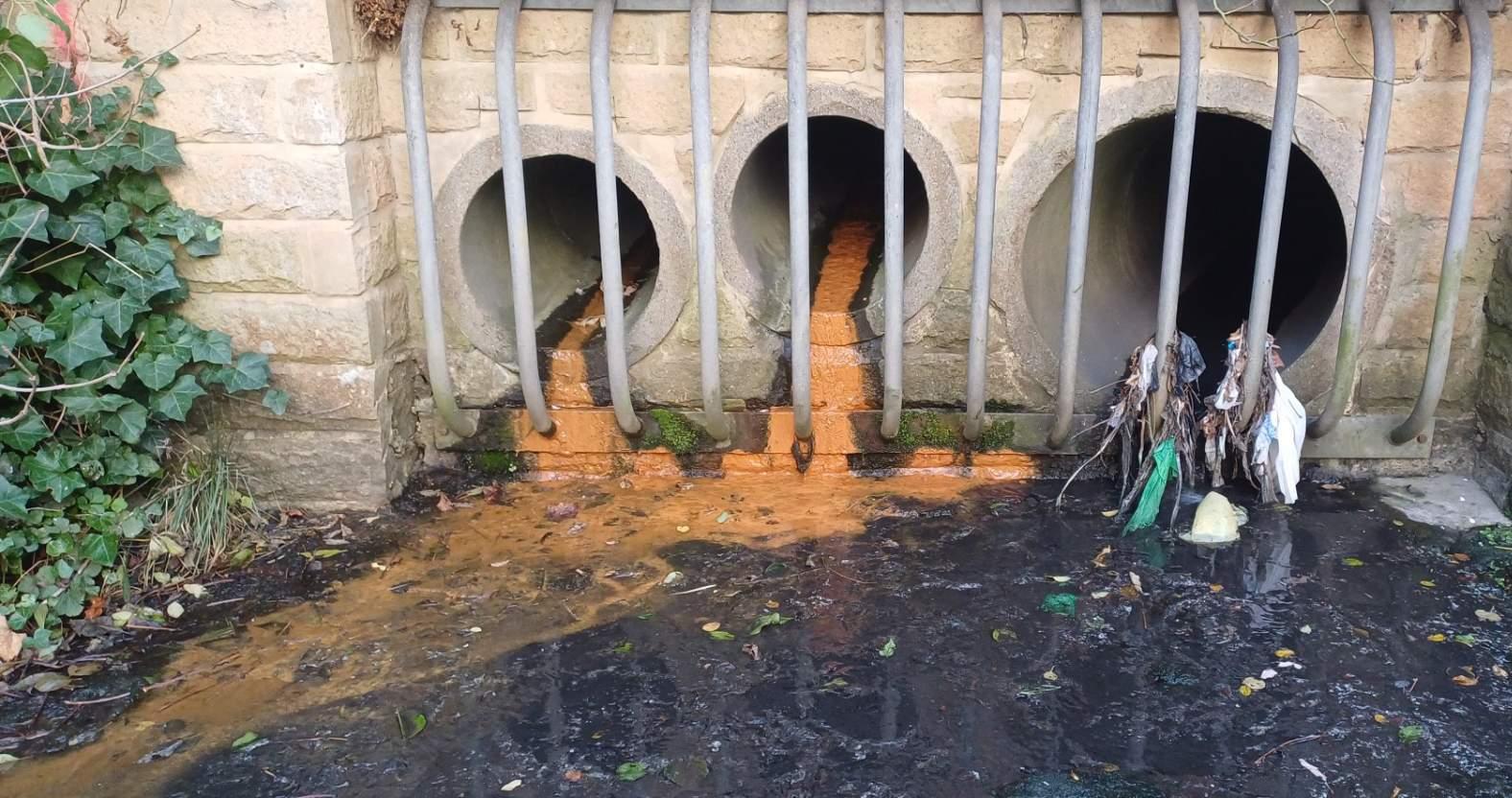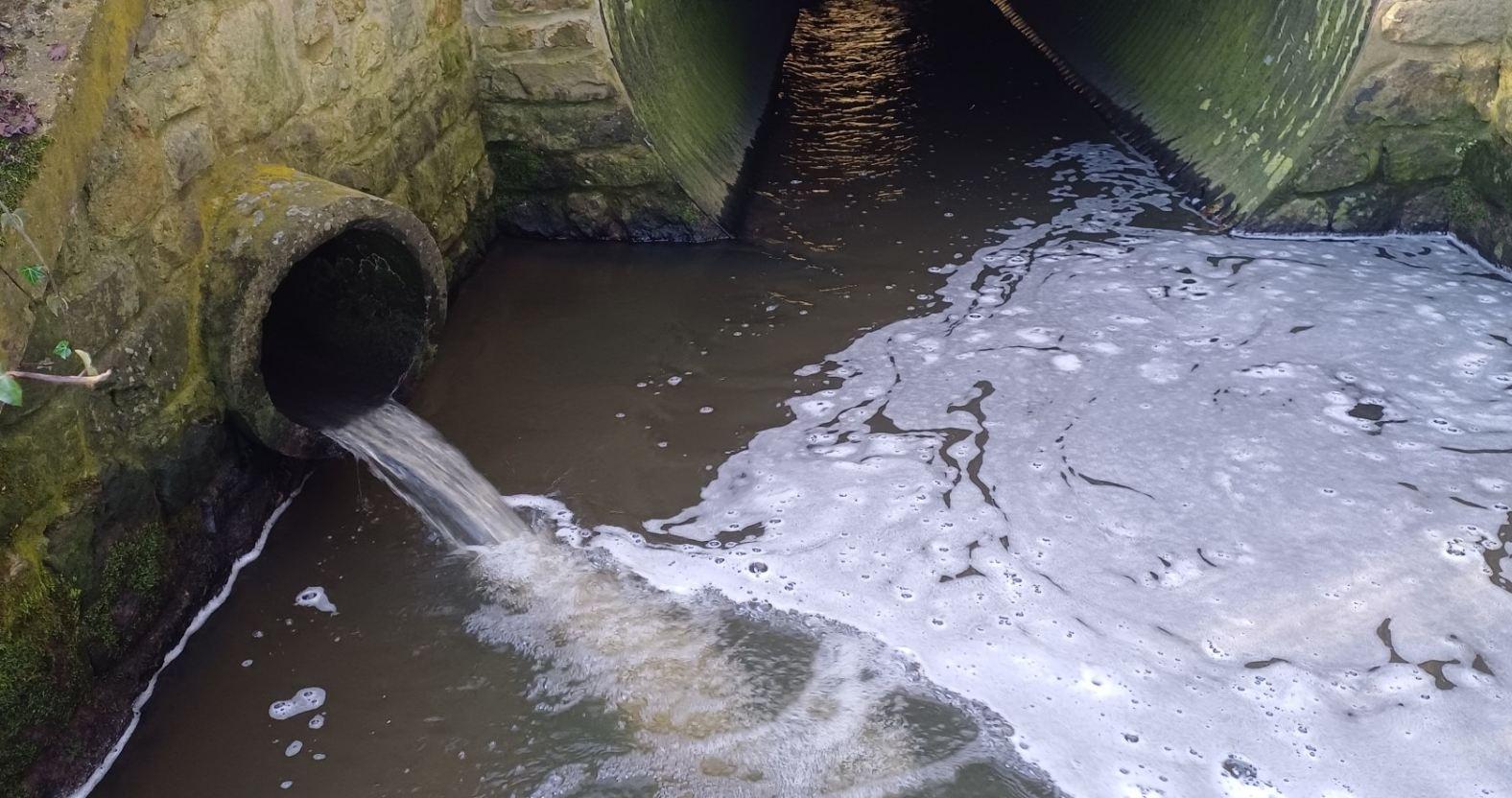Subscribe to trusted local news
In a time of both misinformation and too much information, quality journalism is more crucial than ever. By subscribing, you can help us get the story right.
- Subscription costs less than £1 a week with an annual plan.
Already a subscriber? Log in here.
31
Oct
Volunteers discover pipes spewing pollution into Harrogate's becks

Nearly half the drainage pipes that flow into Oak Beck and Bilton Beck in Harrogate are polluting the water, new research has found.
The discovery was made by a collaborative project planned and coordinated by the Yorkshire Dales Rivers Trust, in collaboration with Nidd Action Group, the Environment Agency and Yorkshire Water.
The aim is to tackle long-standing water quality problems in Harrogate’s becks by mapping the drainage pipes, or outfalls, that empty into them.
A small army of 16 trained volunteers completed the ‘outfall safaris’ over the summer, surveying the becks to record exactly where the outfalls are, and what kind of effluent they are emitting.
Until now, no one – not even the Environment Agency or Yorkshire Water – has had a clear picture of how many pipes there are, and where they meet the watercourses.
Surveying Bilton Beck, Oak Beck and its tributary, Cow Dyke Beck, the team identified 64 outfalls, and found that 29 of them were classed as polluting, according to thresholds agreed by Yorkshire Water and Environment Agency.

This is a common sight at some outfalls in local becks. Photo: YDRT.
One of the volunteers was David Clayden, chair of the Nidd Action Group, which has long campaigned for better river water quality.
He told the Stray Ferret:
It was a very good exercise, and it’s shown that there are real issues.
It’s been a really good collaboration between various agencies, including those that have the power to rectify the situation, such as Yorkshire Water. I’m hoping that this will provide a control and help bring about change.
Of the 29 polluting surface water outfalls (PSWOs), 11 – more than one in three – were classed as high risk and major polluters. These were prioritised for investigation with Yorkshire Water and the Environment Agency.
The top six polluting outfalls in order of overall pollution score were the surface water outfalls at Knox Park, Jennyfield Drive, Lincoln Grove, Skipton Road Bridge and downstream of the Hydro, as well as the open culvert on Cow Dyke.
Some of the pollution is due to misconnections. These occur where the foul network, which carries wastewater from toilets, sinks, and appliances to treatment works, gets mixed up with the surface water network, which channels rainwater into rivers.
Another problem can occur when harmful substances like paints, oils, detergents are poured into roadside surface drains, causing significant environmental damage.
Positive action
The research has already resulted in positive action. Several misconnections have been identified by Yorkshire Water across multiple outfalls in Harrogate, including Jennyfield Drive and Knox Park surface outfalls. As a result, multiple misconnections have been rectified, including 'jet-cleaning' fat bergs at the Hydro and Oakdale Glen.

A culvert on one of the becks. Photo: YDRT.
Mr Clayden said:
I now have some confidence that we’ll get cleaner becks, a methodology that can be applied elsewhere, and a cleaner River Nidd, since these becks flow into it.
We’ve got the bit between our teeth – we've just got to keep at it.
Yorkshire Dales Rivers Trust plans to continue its programme of outfall safaris, and aims to focus on Crimple Beck in the summer of 2026.
A public meeting to present the findings of the Harrogate Outfall Safari project will be held at St Peter's Church in Harrogate on Wednesday, November 26 at 6pm. You can find more information and book free tickets here.
3